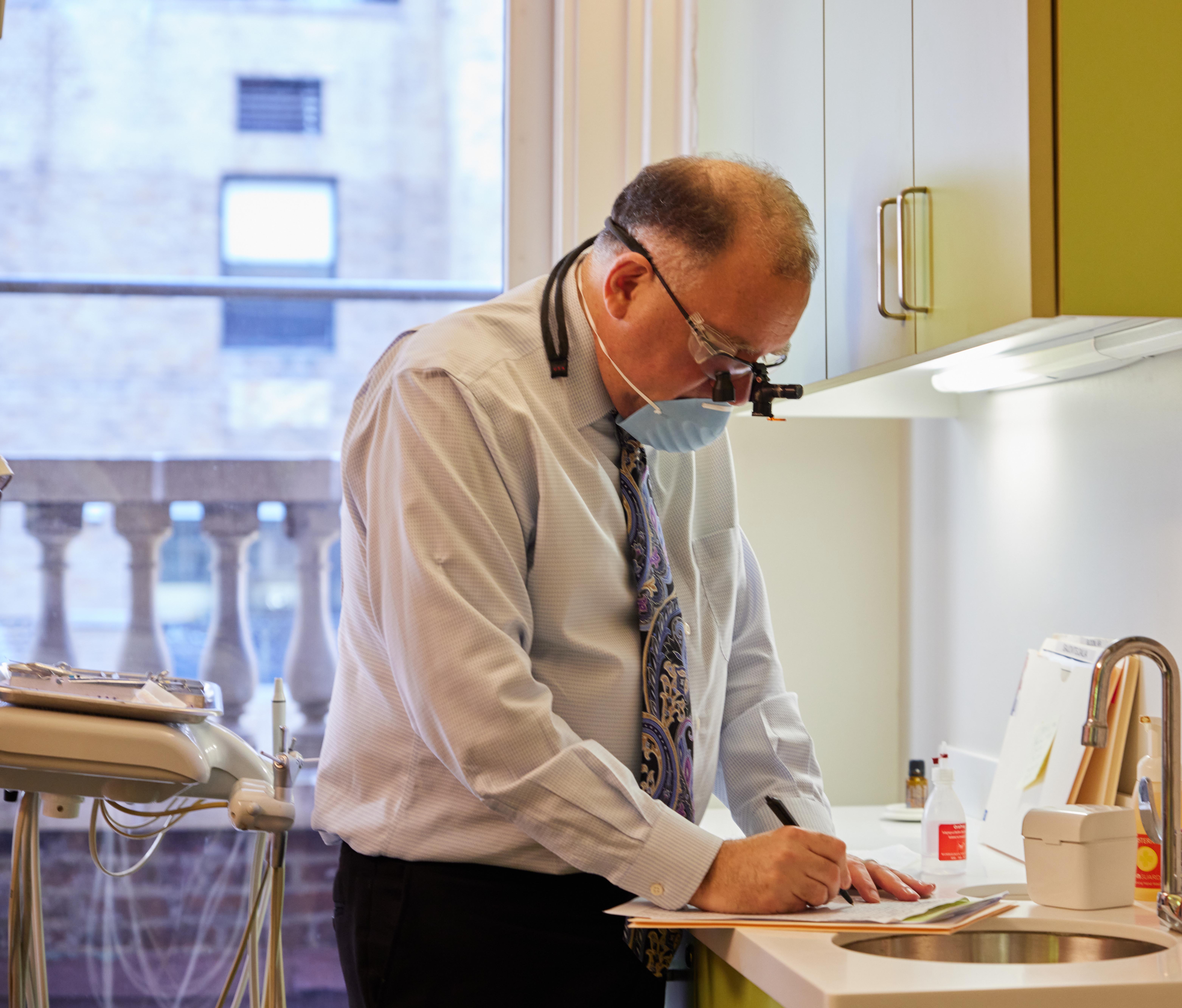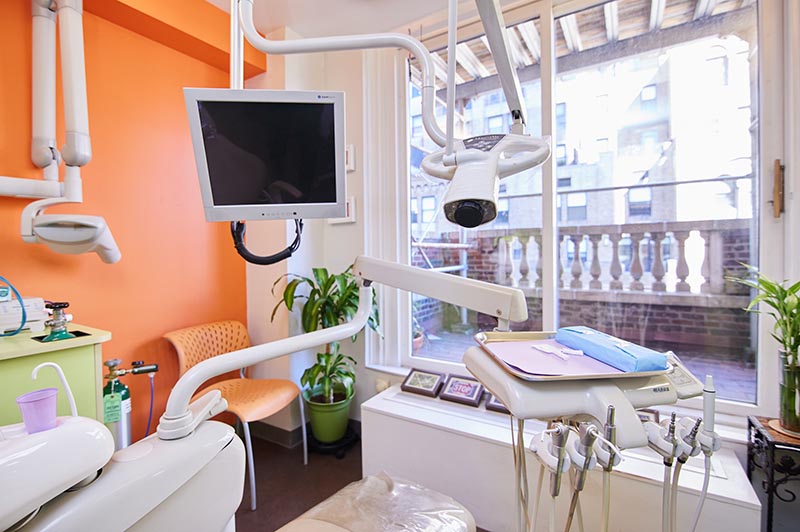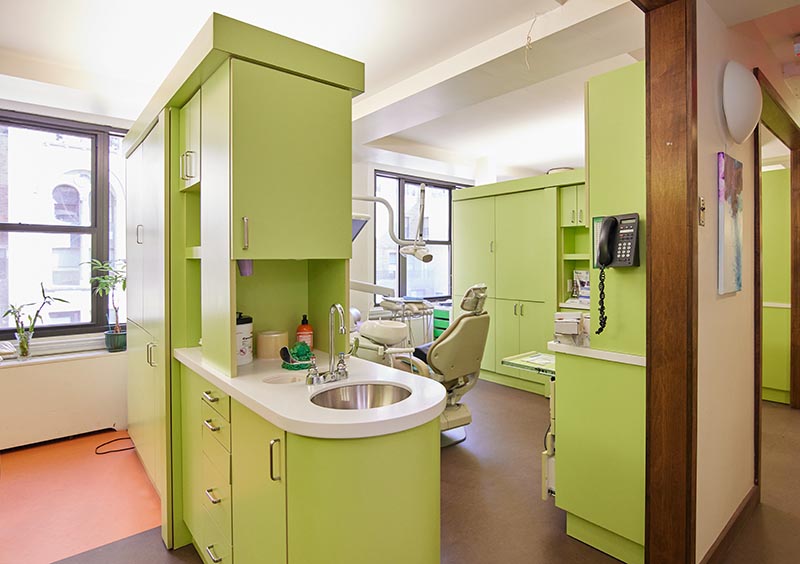Download The Ultimate Guide to Sustainable Dentistry eBook
Congratulations on taking control of your dental health by educating yourself on the differences between traditional dentistry and holistic mercury free dentistry.
As the evidence grows it’s becoming clear to more and more people around the world that using natural, holistic techniques to treat oral health has many benefits beyond a nicer smile – indeed, your total health depends on your oral care!
So taking a proactive approach to learning how to better manage your health is not only wise, it’s critical. And the first step in choosing a holistic dentist is to understand just what makes this specialty so unique.
A Guide to Choosing the Best Holistic Dentist
- Determine for yourself WHY you’re considering a switch to holistic dentistry. Perhaps you’re unsatisfied with your current oral health specialist, and you’re concerned about the potential long-term hazards of mercury fillings. Or maybe you’re working to better integrate your personal values with your healthcare practices. Either way, considering a holistic approach means you want to integrate your oral health regimen into a larger framework of maintaining and improving your overall well-being.
- Once you establish your personal priorities for working with a holistic dentist, choose several to meet and interview. To gather referrals, first ask among your network of friends, business associates and family to see if anyone has been treated by a holistic dentist he or she would recommend. Also, if you’ve worked with a chiropractor, nutritionist or other “alternative” health care practitioner, check with their office to see if they can recommend a dentist who shares the same philosophy.


-
At your initial meeting with a holistic dentist, begin by asking about his or her background. Here are some key questions:
- How long ago, and why, did you decide to practice mercury-free dentistry?
- What is your own diet and lifestyle like?
- How much training have you had in the issues of mercury detoxification?
- Are other professionals involved in your holistic treatment of a patient? If so, what fields are they in? In what ways do your or your patients work with them?
- Find out if the holistic dentist is familiar with biocompatibility. Dentists who choose to use biocompatibility information will get a report on the results of tests assessing your immune system’s reactions to various materials used in dentistry. The tests determine how sensitive you happen to be to different dental materials. A Biocompatibility Report guides your dentist to use those materials deemed safest for you for each specific dental procedure.
- Choose a holistic dentist familiar with the many different procedures involved in the heavy metal detoxification process. These include (but are not limited to) I.V. Vitamin C, DMPS, DMSA, EDTA, Chlorella, FAR-Infrared Saunas, Hair Analysis, Urine-Mercury Challenge Tests, etc. Since heavy metal detox requires specific and individualized treatment, it is important that your dentist is familiar with more than one detoxification protocol.


-
Choose a holistic dentist familiar with the many different procedures involved in the heavy metal detoxification process. These include (but are not limited to) I.V. Vitamin C, DMPS, DMSA, EDTA, Chlorella, FAR-Infrared Saunas, Hair Analysis, Urine-Mercury Challenge Tests, etc. Since heavy metal detox requires specific and individualized treatment, it is important that your dentist is familiar with more than one detoxification protocol.
- Amalgam tattoos and their required treatment. (An amalgam tattoo is a benign discoloration of the mouth membrance, caused by amalgam particles.) Some people are sensitive to one of more components of the tattoo – usually containing mercury, silver and copper.
- Cavitation [a hole in the bone] and the different protocols for treating them.
- The root-canal controversy. Holistic health experts believe that all root-canalled teeth emit some degree of toxins. Find out how this dentist deals with a tooth that has had a root-canal. (A one-size-fits-all approach is not preferable; any decision to extract a root-canalled tooth should be based on each patient’s specific situation.
- Ask what the typical dental examination will be like. Optimally, it should also include evaluations of both hard (teeth) and soft (gums; neck areas) tissue. Ask if the X-rays are digital low-dose radiation, and what they will look at. (They should locate decayed teeth, defective fillings, missing teeth, cavitations, root canal or dead teeth.)
- Find out if the dentist will do a microscopic analysis to evaluate the different types of bacteria under your gums. This information will enable your dentist to tailor a specific treatment regimen to meet your own bacterial level.


- A well-trained holistic dentist also has a good foundation in nutrition, herbs, homeopathy, vitamins and supplements. Make sure to ask about the practitioner’s background in these areas!
- Ask whether the dentist keeps up to date with advances in technology. Familiarity with newer approaches, such as lasers, is a definite plus for the patient, because they can more easily solve some problems that used to require complicated treatments.
- If you’re thinking of amalgam removal, ask the dentist to describe the procedure he or she uses for removal and replacement. Review them carefully and ask where these protocols were developed.For safe treatment, we recommend selecting a holistic dentist who follows the protocol developed by the IAOMT, DAMS International, or Dr. Hal Huggins, a pioneer of modern holistic dentistry.
-
Ask each holistic dentist to describe the equipment and procedures used during removal of crowns and amalgams. Every dentist is trained in school to remove amalgam fillings, however, many do not have all the recommended safety equipment for this complex procedure. During the removal process, the most complete protection for the patient includes:
- Using a rubber dam or a special suction device.
- Supplying copious amounts of water with special suction while amalgams and nickel crowns are being cut with a high-speed drill.
- Replacing the amalgam with dental materials proven to be biocompatible with you.
- Using negative ion generators to remove the massive amount of mercury vapor that will be released into the dental office.


- Do everything you can to put your mind at ease about your selection. Read the available literature, talk to different people, and make sure to ask your dentist about any of your concerns. Ultimately, making a choice will evolve into an excellent exercise in trusting your gut feelings and intuition. So how can you tell when you’re ready to select the dentist you want to work with? It is very important to educate yourself before making any decision, especially where your health is concerned. Only you can determine what feels right for you.
 Request Appointment
Request Appointment